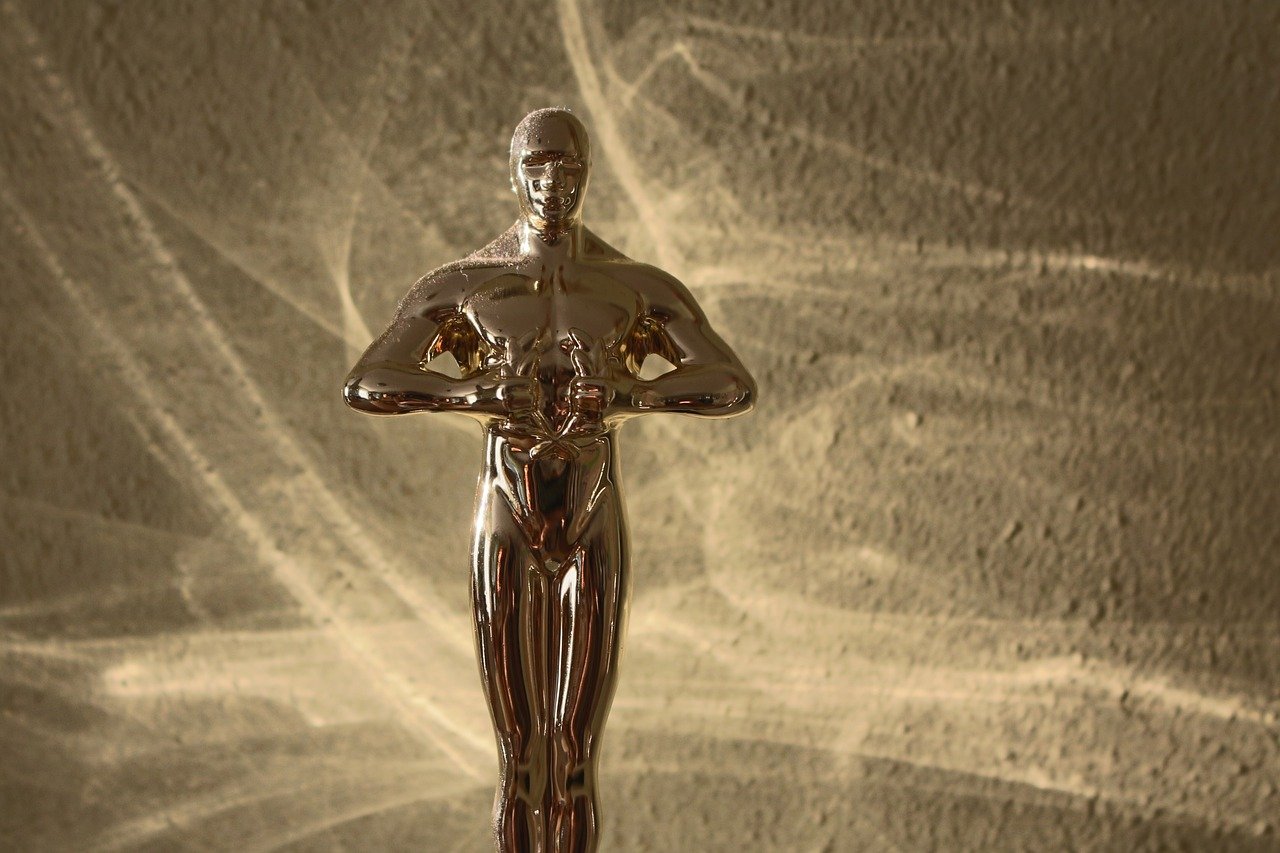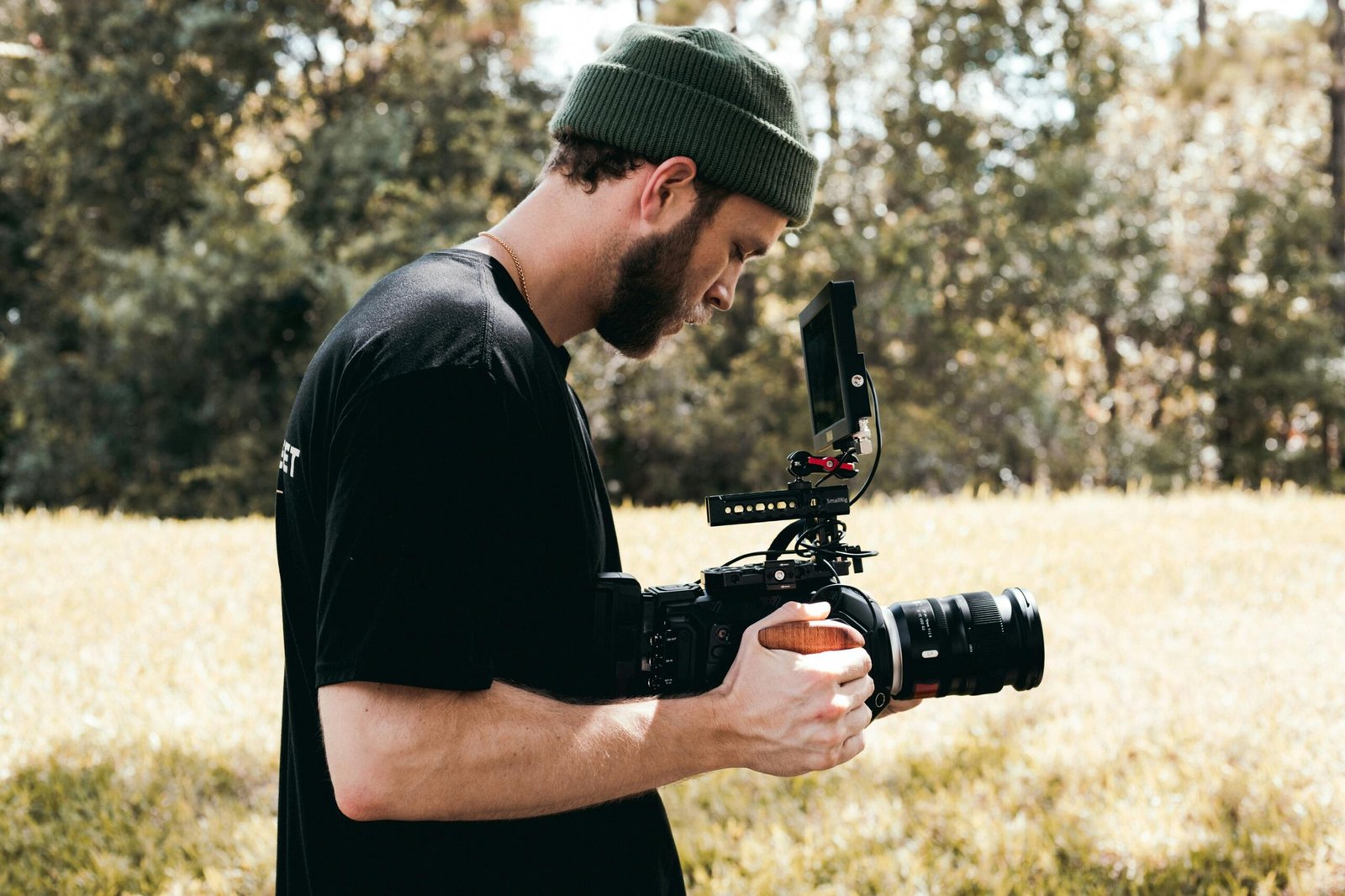Documentary Videographer Documentary videography is an art form that combines storytelling, creativity, and technical skills…
Things You MUST Focus on in Documentary Videography
Documentary videography is a captivating and powerful medium for storytelling. It allows filmmakers to delve into real-life issues, uncover truths, and share stories that might otherwise remain untold. This guide aims to provide an in-depth look at the essential aspects you must focus on when creating a documentary, from planning and research to filming, editing, and distribution.
Documentary Videography: An Overview
Documentary videography involves creating films that document reality for the purposes of instruction, education, or maintaining a historical record. Key components include research, planning, storytelling, and technical execution.
Introduction to Documentaries

Documentaries have a rich history, dating back to the early 20th century. They come in various forms, including expository, observational, participatory, reflexive, and performative documentaries. Each type serves a different purpose and engages the audience in unique ways.
Research and Planning
Research is the backbone of any documentary. It ensures accuracy and depth in storytelling. Start by defining your topic, then gather as much information as possible. Planning involves creating a detailed outline, setting goals, and establishing a timeline for production.
Interview Techniques
Interviews are often the heart of a documentary. Preparing for interviews involves researching your subjects, drafting questions, and setting up the environment. Conducting effective interviews requires active listening, flexibility, and the ability to draw out compelling stories from your subjects.
B-Roll in Documentaries
B-Roll refers to supplementary footage that enhances the story. It includes shots of locations, activities, and objects that provide context and visual interest. Capturing effective B-Roll involves planning, creativity, and a keen eye for detail.
Narration and Voiceover

Narration can guide the audience through the story, providing context and connecting the dots. Choosing the right narrator is crucial, as their voice will set the tone. Writing compelling narration requires clarity, engagement, and alignment with the documentary’s message.
Ethical Considerations
Documentary filmmakers have a responsibility to maintain integrity and truthfulness. This includes respecting the privacy and dignity of subjects, avoiding manipulation of facts, and being transparent about the filmmaking process.
Funding Your Documentary
Funding is a critical aspect of documentary filmmaking. Options include grants, crowdfunding, sponsorships, and personal investments. Budgeting tips include prioritizing essential expenses, seeking in-kind contributions, and being prepared for unexpected costs.
Story Structure in Documentaries
A strong narrative structure is essential for engaging your audience. Elements include a clear beginning, middle, and end, with a coherent flow of information and emotional arcs. Structuring your story involves outlining scenes, planning transitions, and ensuring a logical progression.
Editing Documentary Footage

Editing shapes the final product of your documentary. Techniques include cutting for continuity, pacing, and creating emotional impact. Tools and software such as Adobe Premiere Pro, Final Cut Pro, and DaVinci Resolve are popular choices among filmmakers.
Archival Footage and Licensing
Archival footage can add depth and context to your documentary. Sourcing archival footage involves researching public archives, libraries, and private collections. Understanding licensing is crucial to avoid legal issues and ensure proper use of footage.
Cinematic Techniques for Documentaries
Cinematic techniques enhance the visual storytelling of documentaries. Camera techniques such as tracking shots, aerial shots, and close-ups create dynamic visuals. Visual storytelling involves using these techniques to convey emotions and themes effectively.
Documentary Sound Design

Sound design is a vital component that can make or break your documentary. Techniques include using natural sounds, creating soundscapes, and integrating music. Good sound design enhances the immersive experience and emotional resonance of your film.
Legal Aspects of Documentaries
Legal considerations include obtaining permissions, releases, and clearances for locations, people, and materials. Being aware of copyright issues, privacy laws, and defamation risks is essential to avoid legal complications.
Pitching Your Documentary
Pitching involves presenting your documentary idea to potential funders, distributors, or collaborators. Crafting a compelling pitch includes a clear synopsis, a strong visual treatment, and a passionate delivery. Presenting your documentary requires confidence and the ability to articulate its value and impact.
Documentary Festivals and Awards

Film festivals provide a platform to showcase your documentary and gain recognition. Submitting to festivals involves understanding their requirements, preparing submission materials, and meeting deadlines. Awards can boost your film’s visibility and credibility.
Character Development in Documentaries
Strong characters drive the narrative and connect with the audience. Building characters involves showcasing their personalities, struggles, and growth. Character arcs highlight their development and create emotional engagement.
Field Production Techniques
Field production involves on-site filming, which can be unpredictable. Tips include being prepared for varying conditions, having backup plans, and staying adaptable. Handling equipment efficiently and ensuring safety are also critical aspects.
Visual Style in Documentaries

A distinctive visual style sets your documentary apart. Developing a visual style involves choices in color grading, composition, and shot selection. Examples of iconic visual styles can inspire and guide your creative decisions.
Impact Campaigns
Impact campaigns aim to create social change through your documentary. Planning an impact campaign involves setting goals, identifying target audiences, and developing strategies to maximize the film’s reach and influence.
Marketing Your Documentary
Marketing strategies include building a website, leveraging social media, and engaging with communities interested in your topic. Building an audience involves creating buzz, screening your film at events, and generating press coverage.
Conclusion
Documentary videography is a complex but rewarding field that requires a blend of creativity, technical skills, and ethical considerations. By focusing on the key aspects outlined in this guide, you can create compelling documentaries that inform, inspire, and engage audiences.
FAQs
Q1: What equipment do I need for documentary videography? A: Essential equipment includes a high-quality camera, microphones, lighting, and editing software. Depending on your budget and needs, you might also consider additional gear like tripods, gimbals, and drones.
Q2: How long does it take to make a documentary? A: The timeline for making a documentary can vary widely, from a few months to several years. It depends on factors such as the scope of the project, the amount of research required, and the availability of funding.
Q3: What is the difference between a documentary and a feature film? A: Documentaries focus on real-life events and people, aiming to inform or educate the audience. Feature films are typically fictional stories created for entertainment. The production processes and storytelling techniques also differ between the two.
Q4: How can I ensure ethical practices in my documentary? A: Ensuring ethical practices involves obtaining informed consent from participants, being transparent about your intentions, respecting privacy, and avoiding manipulation of facts. It’s important to approach your subjects with integrity and sensitivity.
Q5: What are some common challenges in documentary filmmaking? A: Common challenges include securing funding, dealing with unpredictable filming conditions, maintaining objectivity, and handling the legal aspects of production. Flexibility, problem-solving skills, and perseverance are essential to overcome these hurdles.




